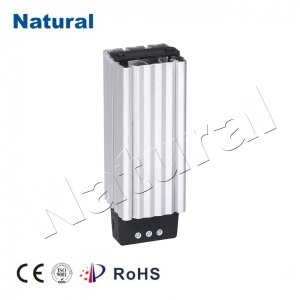Introduction

Heaters have become an indispensable part of our modern lives, providing comfort and warmth in homes, offices, and industrial settings. The evolution of heater manufacturing has been driven by technological advancements, environmental concerns, and the ever-growing demand for energy-efficient solutions. This article delves into the innovations that have shaped the heater manufacturing industry, highlighting key developments and their impact on efficiency, sustainability, and user experience. Energy-Efficient Heating Elements One of the most significant advancements in heater manufacturing has been the development of energy-efficient heating elements. Traditional heating elements, such as resistive coils, often consumed excessive amounts of energy and led to higher utility bills. However, modern manufacturers have introduced advanced materials like ceramic and graphene-based elements, which not only provide faster and more even heating but also significantly reduce energy consumption. This innovation not only benefits consumers but also aligns with global efforts to reduce carbon emissions. Smart Heating Systems The rise of the Internet of Things (IoT) has paved the way for smart heating systems that can be controlled remotely through smartphones or voice-activated assistants. These systems allow users to adjust the temperature, schedule heating cycles, and even receive energy consumption reports, all from the convenience of their mobile devices. Smart thermostats and connected heaters not only enhance user comfort but also contribute to energy conservation by optimizing heating patterns based on occupancy and external temperature changes. Infrared Heating Technology Infrared heating technology has emerged as a game-changer in the heater manufacturing industry. Unlike traditional convection heaters that warm the air, infrared heaters emit infrared radiation that directly heats objects and surfaces. This method of heating is more efficient since it avoids heat loss through air circulation. Infrared heaters are now widely used in outdoor spaces, warehouses, and even in medical applications due to their focused and efficient heating capabilities. Sustainability and Renewable Energy Integration With increasing awareness of environmental issues, heater manufacturers have been focusing on incorporating sustainable practices into their production processes. Many companies are now using recycled materials, reducing packaging waste, and optimizing manufacturing processes to minimize their carbon footprint. Moreover, there is a growing trend towards integrating heaters with renewable energy sources such as solar panels and geothermal systems, further reducing the reliance on fossil fuels. Compact and Space-Saving Designs Innovations in heater manufacturing have also resulted in sleeker, more compact designs that fit seamlessly into modern living spaces. Wall-mounted heaters, underfloor heating systems, and even portable heaters have undergone significant improvements in terms of design and functionality. These space-saving solutions cater to the needs of urban dwellers and those with limited living space, without compromising on heating efficiency. Conclusion The heater manufacturing industry has witnessed a remarkable transformation over the years, driven by technological breakthroughs and a heightened focus on sustainability. Energy-efficient heating elements, smart heating systems, infrared technology, and the integration of renewable energy sources have redefined the way we experience and utilize heaters. As the demand for eco-friendly and cost-effective heating solutions continues to grow, manufacturers are likely to keep pushing the boundaries of innovation, ultimately benefiting both consumers and the environment.